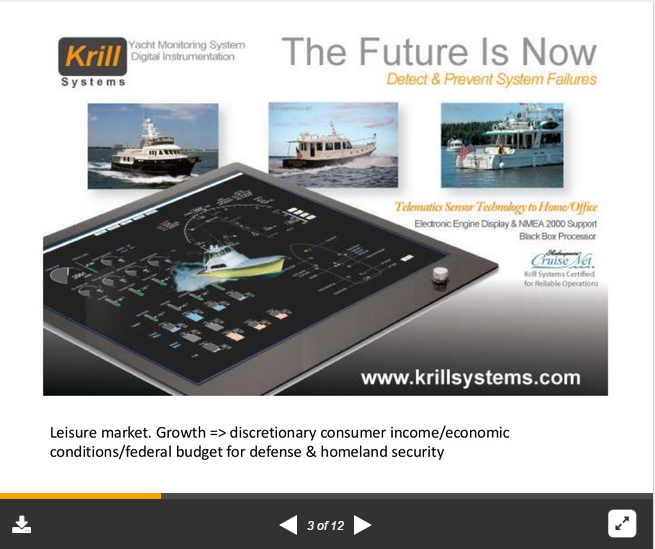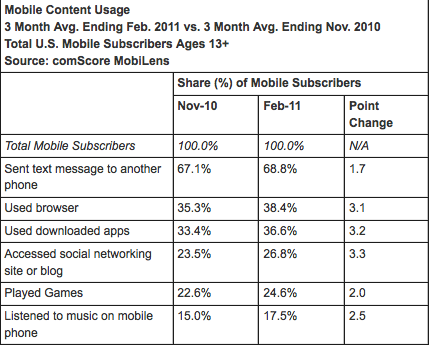Our healthcare delivery is a rising concern in the United States as it affects everyone: our aging parents, your obese uncle or diabetic sister and even you.
Think about it — We are all aging with varying degrees of wellness. Some of our bodies age more gracefully than others, but as our bodies’ function declines our concern for mobility and living a life of continued independence become a priority. 80% of the elderly population have 2 or more chronic diseases and these are expensive yet treatable diseases that can be managed. Preventing the development of chronic conditions in the elderly could be the only way to improve life expectancy; perhaps new developments in the wearable sensor industry can address some of these issues by monitoring behaviors that might lead to diseases before health deteriorates.
Fortunately, with the rise of mobile technology, growing networks (Cloud platforms), and new computer technologies (Apps) we are seeing the mainstreaming of telemetry used as wearables today. The rise of smartphones with technologies such as 3G and 4G networks will further promote the adoption of mobile devices in most sectors, but with the most benefit, in the healthcare delivery system. The rise of telemedicine to monitor and manage chronic conditions can help reduce geographic barriers, cost of travel and time (from in-hospital to home consultations) and has the potential to offer seamless support and care to patients according to AlliedMarketResearch.
According to Statista, 1 out of 5 adults in the U.S. plan to buy a wearable tech this year.
At CES 2014 last year, Scott Stein of CNET differentiated wearables into three categories: Notifiers, Trackers and Glasses.
We see many products which define the quantified-self movement — that which track our steps, monitor our heart rate and displays/share with our social networks — but what distinguishes a wearable as a medical device? This topic was this month’s discussion at the Activity Sensor & Personal Analytics Meet-Up held at Audience in Mountain View, CA. Gene Leybzon led the discussion and stated that medical wearables purpose is for diagnosis and treatment — and must pass a labyrinthine of regulatory and legal processes such as FDA and HIPAA. A fitness wearable does not have to pass the stringent regulatory tests and only needs to be informational and educational to the user. This user saturated market in fitness wearables (i.e. FitBit heart heart monitor, Nike FuelBand, Garmin & Polar speed tracker/pedometer, Spree body temperature tracker) may not be used for diagnostic purposes, but may be extremely helpful as it leads the path for medical wearables .
- Applying two fingers across the sensor to complete the circuit to have heart rate monitored using AliveCor.
- AliveCor heart monitor sensor will detect atrial fibrillation http://www.alivecor.com/home
- Activity Sensor and Personal Analytics Meet-Up led by Gene Leybzon.
- Activity Sensor and Personal Analytics Meet-Up @ Audience
- AliveCor is a medical device that detects atrial fibrillation.
- mHealth Market
- Example sugar pills with microsensors to be ingested to sensor medication compliance. The sensor is passed through the digestive tract.
- Here’s #Proteus Digital Health’s patch that picks up like an RFID (but it’s not). This patch lasts for one week, worn under chest. Useful since many chronic disease patients (50% of us) don’t take meds as prescribed. #MedicalDevice
- 50% of us who are prescribed medication do not take it as prescribed.
- @Proteus Digital Health’s little sugar pill has this sensor that gets passed through and sends a signal that a #wearable patch sends via mobile then would be shared via web app or mobile app. #ingestible FDA approved
- Example of a patient who is compliant with medication.
- Activity Sensor and Personal Analytics Meet-Up @ Audience
Proteus discussed the future release of an ingestible sensor that would integrate with medication allowing physicians to monitor compliance from a remote location. This is important for patients with diseases of the central nervous system (including multiple sclerosis, Huntington’s, schizophrenia, Parkinson’s and Alzheimer’s), heart failure and possibly organ transplant patients. This innovation would track sustained patient compliance and provide assurance that medications are being taken in a timely manner for presiding physicians or caregivers and family loved ones.
We also looked at a product called AliveCor, a heart rate monitor that detects atrial fibrillation.

























